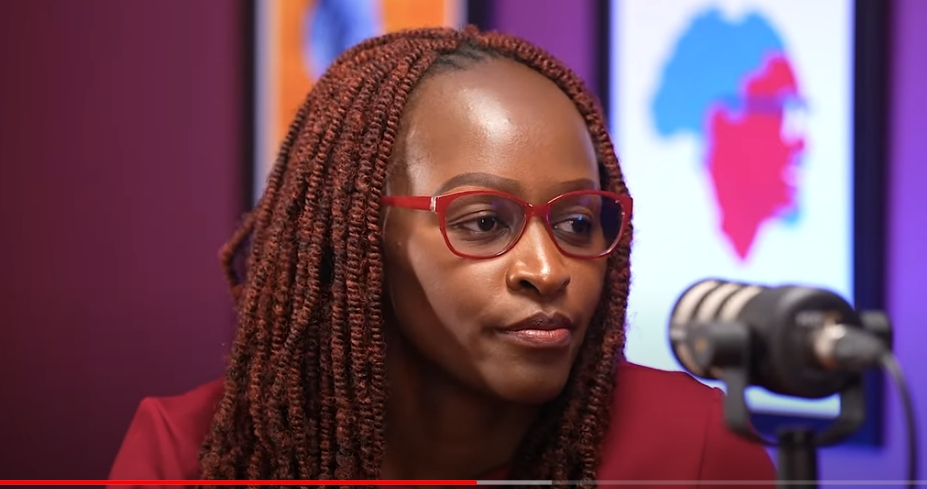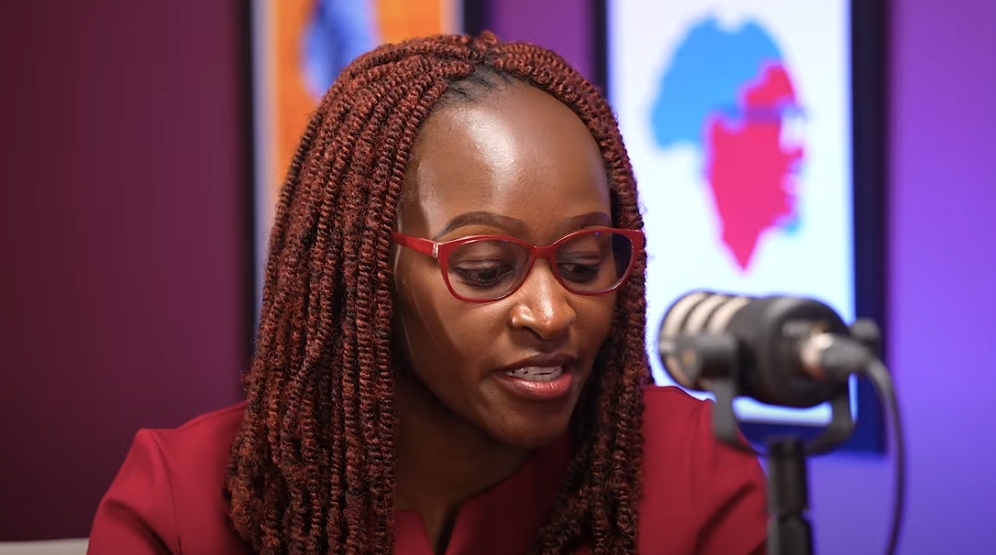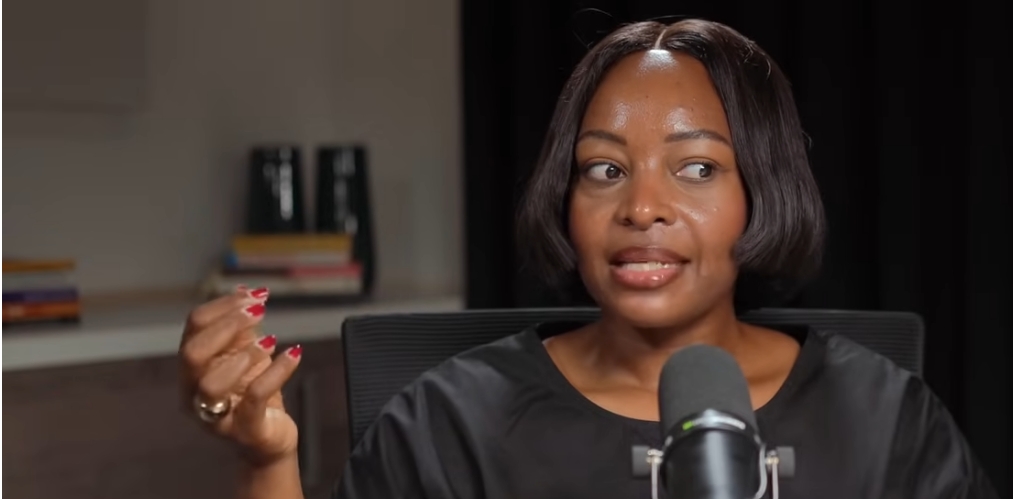Reaching the age of 40 is often a time of reflection, when many individuals begin to reassess both their personal and professional lives. With decades of experiences behind them, they often seek out new challenges, creative outlets, and ways to engage with the world in a more meaningful way. For those who are passionate about sharing their expertise, experiences, or interests, content creation can be an exciting and rewarding endeavor. However, starting a new venture like content creation at 40 can seem intimidating. Questions about competition, technical skills, and the digital landscape may arise, but the reality is that beginning content creation at this stage in life offers unique advantages and an incredible opportunity for personal growth.
The Value of Life Experience
By the time you reach 40, you’ve accumulated a wealth of life experiences that can serve as a powerful foundation for content creation. Having lived through multiple phases of personal and professional development, content creators in their 40s bring an authentic perspective that is often unmatched by younger creators. This life experience is not just about age—it’s about the lessons learned, the wisdom gained, and the stories that have shaped who you are today. These stories and insights can deeply resonate with audiences, helping you connect on a more genuine and meaningful level.
For example, you’ve likely encountered and overcome professional challenges, navigated changes in industries, and adapted to shifting cultural or societal trends. This broad scope of experience enables you to provide unique perspectives on issues that may feel less substantial to younger content creators. By leveraging this rich background, you have the ability to:
- Share wisdom and lessons learned: People value insights that come from real-world experiences. Your audience is likely to appreciate advice rooted in decades of learning, whether it relates to career, personal growth, or specialized knowledge.
- Offer a unique view of industry trends: Whether you’re a professional in business, education, or the arts, your lived experience enables you to comment on changes in your field with a historical understanding that younger creators may lack.
- Connect with audiences on a deeper level: As a content creator in your 40s, you can tap into emotional and intellectual connections with viewers or readers who share similar life stages, challenges, or aspirations.
Life experience also fosters a more refined sense of self, allowing you to create content with purpose, authenticity, and confidence.
Clarity and Authenticity
By the age of 40, most individuals have refined their values, interests, and goals, giving them clarity on what truly matters in life. Unlike earlier stages of adulthood, when individuals may be experimenting with different career paths or identities, people in their 40s often have a clearer sense of their purpose and passions. This self-awareness translates into content creation as well, enabling you to:
- Focus on specific niches or topics: With more refined interests, it becomes easier to pinpoint exactly what you’re passionate about and to share that passion with your audience. Whether it’s parenting, career development, travel, fitness, or faith, your niche is something you’ve likely been cultivating for years.
- Develop a distinct tone and voice: Clarity of purpose allows you to hone your unique voice. Instead of mimicking trends or popular content styles, you can stay true to yourself, bringing a level of authenticity that resonates with audiences.
- Stay true to your vision and mission: Knowing what you value helps you create content that aligns with your long-term goals. This focus allows you to avoid distractions and remain committed to building a platform that reflects your authentic self.
Authenticity is a powerful tool in content creation. Audiences today seek out genuine voices and relatable experiences, and by embracing your authentic self, you stand to build a loyal and engaged following.
Leveraging Established Networks
By the time you hit 40, you’ve likely built a robust network of personal and professional relationships. These connections are a tremendous asset when starting a content creation journey. Your network can serve as a support system, offering feedback, guidance, and collaboration opportunities. These established relationships can also help amplify your content through word-of-mouth recommendations, social sharing, or collaborations, providing an early boost to your visibility.
- Valuable feedback: Trusted friends, colleagues, or mentors can offer constructive criticism or encouragement, helping you refine your content and approach.
- Collaboration opportunities: Whether you partner with others in your field or tap into your network for guest appearances, collaborations can expand your reach and provide diverse perspectives for your audience.
- Content promotion: A supportive network can help amplify your message by sharing your content with their networks, expanding your reach beyond your immediate audience.
Unlike younger creators who may still be in the process of building their networks, your established connections give you an edge when it comes to growing your platform.
Overcoming Common Concerns
Despite these advantages, content creators in their 40s often have valid concerns about entering a field that is frequently dominated by younger individuals. However, these concerns can be addressed, and with the right mindset, they can even become opportunities for growth.
- Technical Skills: One common concern is the fear of lacking the necessary technical skills to succeed in digital content creation. The good news is that learning new skills has never been easier. Online resources, courses, and tutorials are readily available for everything from video editing to social media management. With some dedication, you can quickly master the tools needed to create high-quality content.
- Competition: Another concern is the saturated nature of the digital content landscape. However, your life experience and unique perspective set you apart from younger content creators. While there may be many voices online, few can offer the depth of wisdom, insight, and authenticity that comes with 40 years of living. In fact, your age and experience may help you carve out a niche audience that is eager for the kind of content only you can provide.
- Time Management: Juggling a career, family, and other responsibilities can make content creation seem like an overwhelming task. But with effective time management strategies, such as scheduling, prioritizing tasks, and delegating when possible, content creation can fit into even the busiest lifestyle. By setting realistic goals and building a manageable routine, you can ensure that your creative work doesn’t add unnecessary stress to your life.
Opportunities for Content Creation
The digital landscape offers endless opportunities for content creators in their 40s. Whether you prefer writing, video, audio, or social media, there is a platform for everyone. Consider the following options:
- Blogging: A classic format that allows you to share expertise, personal stories, or niche interests in written form.
- Video Content: YouTube, podcasts, or social media videos provide opportunities to share your personality and experiences visually, connecting with audiences in a more dynamic way.
- Social Media Influencing: Platforms like Instagram, LinkedIn, and Twitter allow you to leverage your expertise and network to influence others and grow a community.
- Online Courses: If you have a particular skill or area of expertise, online courses provide a way to educate others and even generate income.
- Affiliate Marketing: Promote products or services that align with your niche while earning commissions on sales.
Each platform provides its own set of opportunities, allowing you to select the one that best fits your strengths and interests.
Getting Started
If you’re ready to dive into content creation, it’s important to approach it with a clear plan. Here are some key steps to take:
- Define Your Niche: Identify your unique expertise or passion. What are you most knowledgeable about? What excites you? This will be the foundation of your content.
- Set Clear Goals: Determine what you want to achieve through your content creation. Are you focused on building a community, generating income, or sharing knowledge? Having clear goals will guide your efforts.
- Choose Platforms: Select the platforms that best suit your niche and audience. Whether it’s blogging, YouTube, or Instagram, focus on where your potential audience spends their time.
- Create Quality Content: Don’t worry about perfection. Focus on delivering value to your audience. The more you create, the more you will learn and improve.
- Engage and Learn: Engage with your audience and learn from their feedback. Analyze your performance metrics to understand what works and continually refine your approach.
Inspirational Examples
Many successful individuals began new ventures later in life, proving that age is no barrier to creativity or success. Consider these examples:
- Stan Lee began building Marvel Comics at 39, transforming the comic book industry and creating some of the world’s most iconic superheroes.
- Julia Child published her first cookbook at 49, launching a career that made her a household name in culinary arts.
- Vera Wang became a fashion designer at 40, after working as a journalist and figure skater.
These stories demonstrate that starting a creative endeavor later in life can lead to tremendous success and fulfillment.
Conclusion
Starting content creation at 40 is not only possible but also comes with distinct advantages. Your life experience, authenticity, and established networks give you an edge that younger creators may lack. By embracing your unique voice and focusing on delivering valuable content, you can thrive in the ever-evolving digital landscape. Age is not a limitation—it’s a strength. Share your voice, inspire others, and take pride in the journey ahead.













